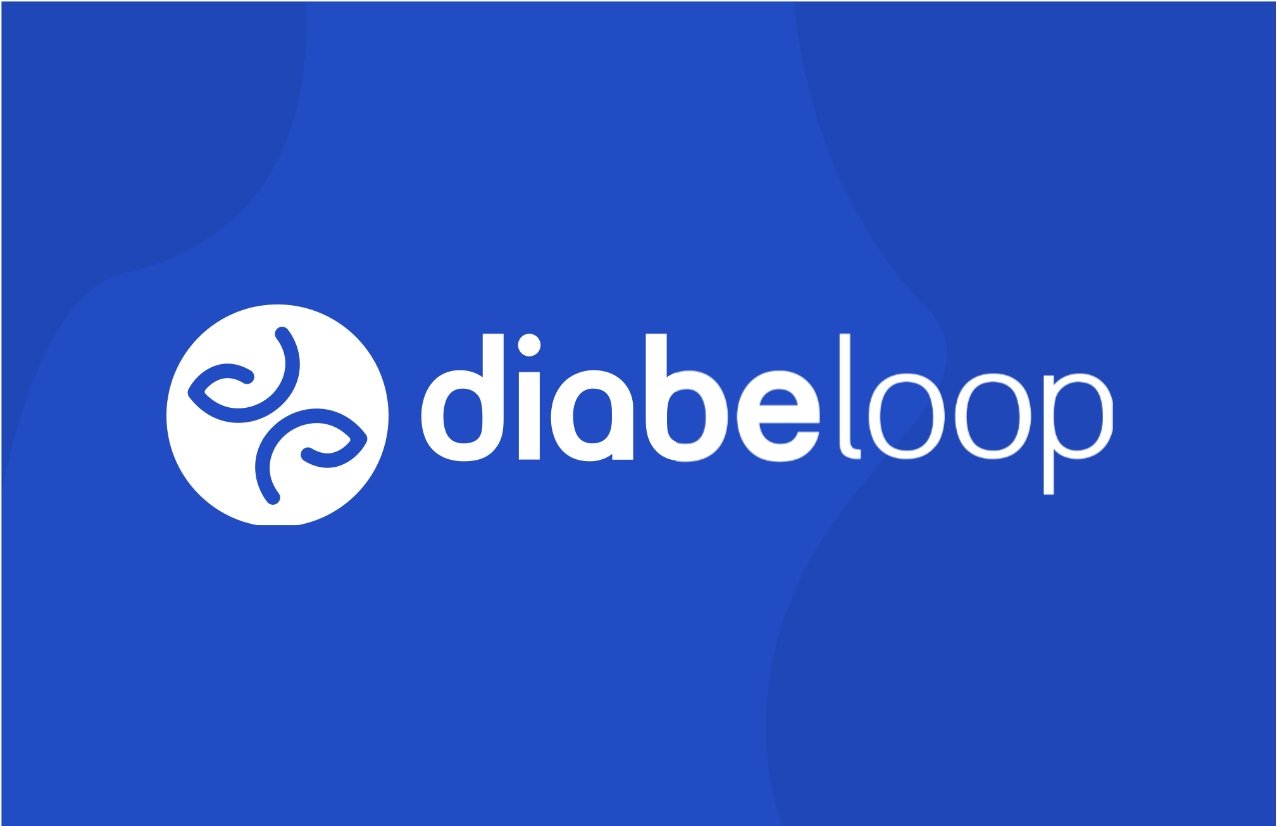Blog
5 Takeaways: New Research on Healthcare Technology for Diabetes Management

Maria Muccioli, PhD
Research Lead
Industry Trends

Thrivable and DiabetesMine recently released key findings from a survey of nearly 2,400 people living with diabetes in the United States. Sponsored by One Drop, the research explores the current state of healthcare app use for diabetes management. Here are five important takeaways for healthcare companies focused on helping people living with diabetes manage their care and achieve better health outcomes.
#1. Adoption of healthcare apps and telehealth has increased significantly in the past year.
Just as it has with nearly everything else, the global pandemic drove massive adoption of healthcare technology, especially telehealth services, among people living with diabetes. About 60% of respondents to Thrivable’s survey reported an increase in their use of digital health technology, while more than three out of four say they had a telehealth visit in the past year.
This is in keeping with the spike seen in telehealth visits overall. According to an analysis from the Centers for Disease Control and Prevention, telehealth visits increased by 50% during the first quarter of 2020, compared to the first quarter of 2019. And, in comparing the last week of March 2020 to the same time period in 2019, telehealth visits increased by 154%.
#2. Patient attitudes towards technology are generally positive.
When asked about the influence of technology in managing both their diabetes and overall health, 88% of respondents agreed that technology has a positive impact. This includes everything from telemedicine and apps to continuous glucose monitors (CGMs), blood glucose monitors (BGMs), and other connected devices.
More than half say that they use mobile or web apps to help them manage their health. Respondents also have clear priorities regarding the most important components to include when designing a diabetes management platform. Prioritized components include glucose tracking, data sharing with a healthcare provider, integration with electronic health records (such as Epic’s MyChart), and food/carbohydrate tracking.
Among the components viewed as being least important to a diabetes-focused platform? Educational content and health coaching, such as diet and exercise recommendations, are lower priorities for patients. Other low-priority components include forum/community engagement features, data sharing with family members or friends, and data collection from a smart scale.
#3. Technology that’s easy to use would attract more patients.
One clear theme that emerged among respondents is the need to ensure that the technology is simple and that the data provided to users is meaningful and easy to interpret. Lack of integration with other apps, devices, and health records was often cited as a disappointment and a reason for not wanting to use a health app. As one respondent noted:
Apps should be simple to use. I don't have the patience to work with something difficult or complicated. Apps should not require that I keep detailed logs on a zillion different things. Apps should use glycemic index or low carb choices (if meal-planning). All these whole grains send my BG soaring. A number of foods simply don't work for everybody. I stopped using apps several years ago for these reasons. It is possible that they may have improved in the meantime.
One way for product design and development teams to avoid disappointing customers is by ensuring they gather patient feedback continually throughout all phases of development, rather than waiting until development is nearly complete.
#4. Technology is valued. But so is human interaction.
More specifically, lowering costs for all devices and particularly CGMs is needed in order to help the uninsured and under-insured, as well as people living with type 2 diabetes, have access to technology that can improve their care.
While respondents are quick to note that they wish for secure, affordable health technology solutions that are fully integrated and easy to use, they also believe in the value of human interaction with a healthcare provider. Particularly notable, though not surprising, is the essential role emotional support plays in improving health outcomes. Almost 85% of respondents agree that emotional support is a significant factor in optimizing their diabetes management.
#5. Gaps remain that need to be addressed.
The research found that more frequent use of health apps was associated with younger, more affluent patients, signaling the need to increase adoption among older patients living with diabetes and those with lower annual household incomes.
HCPs can play a role in closing existing gaps in technology adoption by recognizing, and adjusting for, their biases. For example, the study found that HCPs are more likely to recommend health apps to younger patients. Correcting for this bias by making sure they talk to all of their patients about the available technologies and how they work can help increase health technology adoption and foster better health outcomes for people with diabetes.
About the author

Maria Muccioli, PhD
Research Lead
Maria brings clinical research expertise to her work overseeing healthcare market research programs for Thrivable customers. She earned a PhD in Molecular and Cellular Biology from Ohio University and was also a postdoctoral researcher at the Ohio State University and a fellow at the Brigham and Women’s Hospital and Harvard Medical School.





